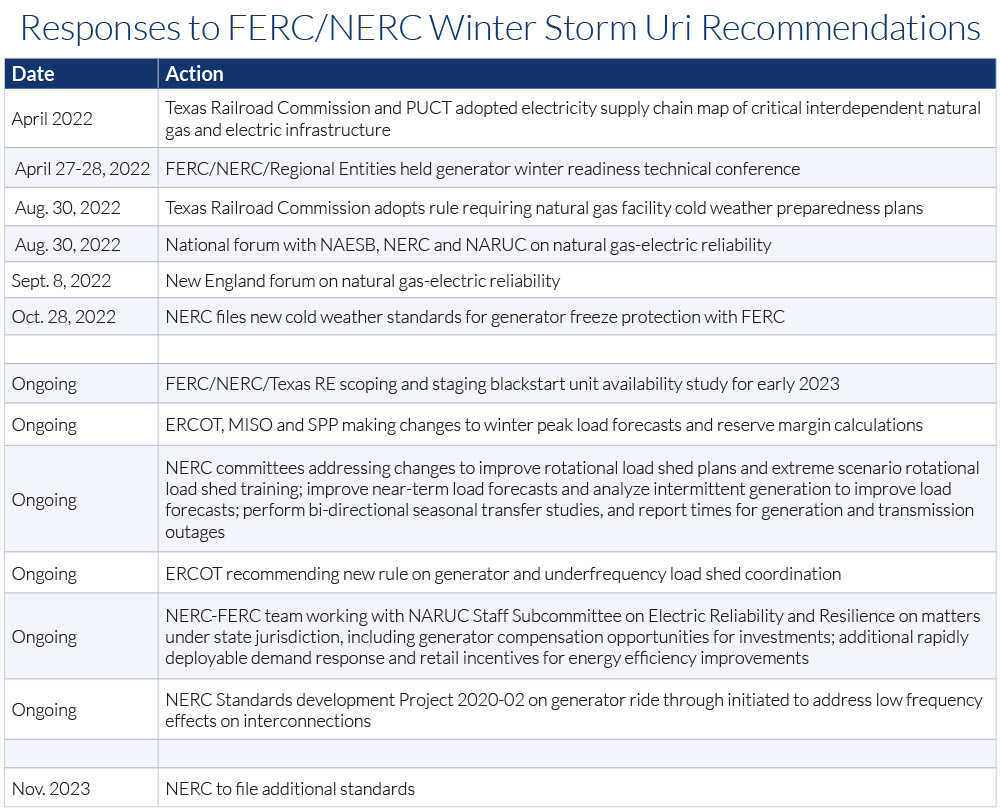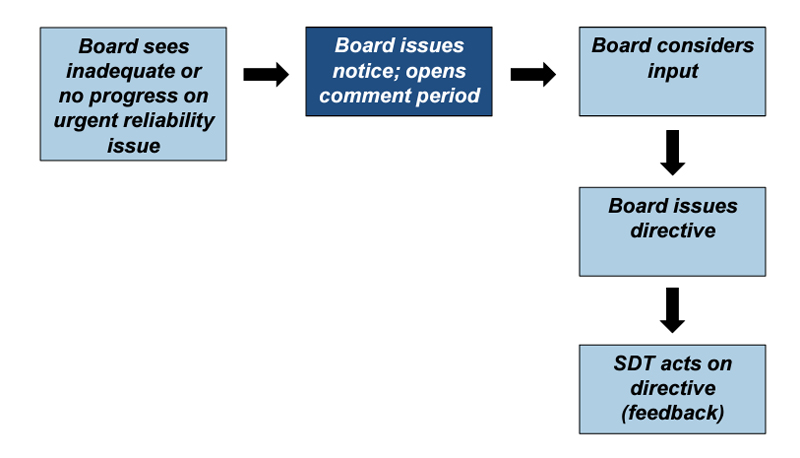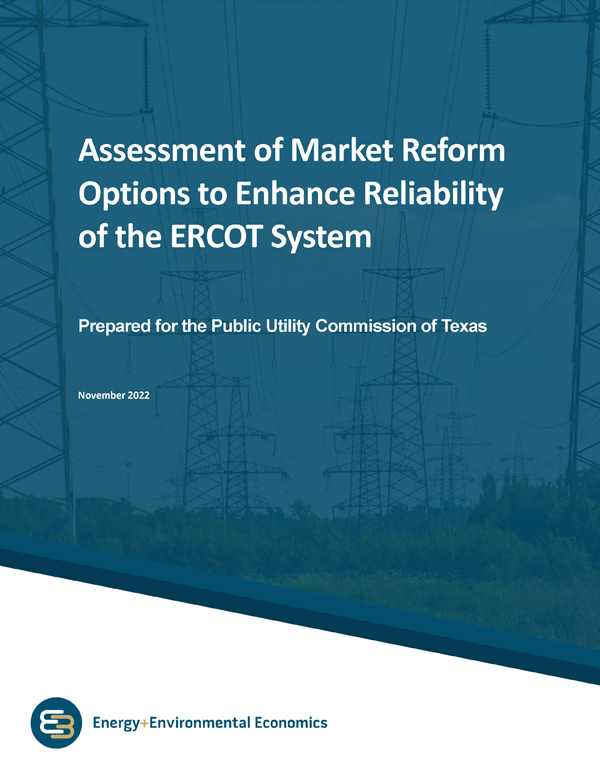Avangrid has moved to terminate power purchase agreements for Commonwealth Wind, a 1.2-GW offshore wind project it is developing in Massachusetts, saying the deals have become financially untenable and that the other parties refuse to renegotiate.
In the dismissal motion it submitted to the state Department of Public Utilities on Friday and in a public announcement, the company said it remains committed to Commonwealth Wind. But it said the project should be wrapped into the state’s 2023 offshore wind power solicitation, at which point Avangrid could submit a bid that would be financially sustainable and proceed on a timetable that would meet the state’s 2030 climate protection goals.
Avangrid said the bid it submitted in September 2021 and the PPAs it subsequently negotiated with three electric distribution companies (EDCs) in April 2022 were overtaken by factors including high inflation, sharply higher interest rates, the war in Ukraine and supply chain shortages.
On Oct. 20, Avangrid asked the DPU to put its review of the PPAs on hold for a month so it could renegotiate them. The three EDCs — Eversource Energy, National Grid and Unitil — opposed this, saying they had no intention of renegotiating.
Mayflower Wind Energy on Oct. 27 made a similar request to delay review of the PPAs for 400 MW of wind power it is developing off the Massachusetts coast.
The DPU denied the requests Nov. 4, saying the developers could move forward with the PPAs in place or move for dismissal, but not renegotiate them. Mayflower withdrew its request Nov. 7, saying it would continue with the PPAs and seek to resolve issues through conversation. It declined to comment Monday on its plans or the status of those talks.
But Avangrid on Nov. 14 said it would continue with the proceedings and seek ways to make Commonwealth financeable and economically viable. (See: Mass. OSW Projects to Continue Through Regulatory Process.)
On Friday, Avangrid moved for dismissal, saying the EDCs had refused to meet with it on the matter.
“No interest is advanced by approving PPAs that cannot and will not lead to the development of offshore wind energy generation,” the company’s attorneys wrote. “Instead, the commonwealth should conduct a robust fourth solicitation under Section 83C as soon as possible.”
In its public statement Friday, Avangrid emphasized its commitment to clean energy in Massachusetts, including its 800-MW Vineyard Wind I project slated to come online late next year. It said it remained committed to Commonwealth Wind and was disappointed the EDCs had refused to discuss it.
The DPU is reviewing Avangrid’s dismissal motion. Danielle Burney, spokesperson for the Massachusetts Executive Office of Energy and Environmental Affairs, which oversees DPU, said in an email that the offices of Gov. Charlie Baker and Lt. Gov. Karyn Polito were displeased with Avangrid’s move.
“The Baker-Polito administration is disappointed by Avangrid’s request to the Department of Public Utilities to dismiss the review of the Commonwealth Wind contracts,” Burney wrote. “But [the administration] remains committed to the deployment of commercial-scale offshore wind and advancing clean, affordable energy on behalf of the Commonwealth’s residents and businesses, while reducing greenhouse gas emissions and meeting the state’s emissions goals, including achieving net zero in 2050.”


